Today is the Winter Solstice. We know the exact times through astronomical observation and mathematics. According to this website the exact time here in Victoria will be at 7:58 AM local time. (In Melbourne, Australia, Solstice is at 2:58 AM on June 22, but of course there it is the summer solstice.) For us, today is the longest day of the year and tonight is the longest night. But not by much; the difference is only one second from yesterday, and seven seconds from tomorrow.
This evening the sunset here in Victoria will be at 4:20 (but I won’t see it because the weather forecast calls for clouds and rain.) But this isn’t the earliest sunset of the year. From Dec 6 to the 15th the sunsets here were all at about 4:18. Latitudes closer to the equator had their earliest sunsets even earlier in December, or even in November.
Similarly, this morning was not the latest sunrise. Today it will be at 8:02, but on December 31 it will be at 8:05. So you can see why the dates for the old Roman holidays Sol Invictus (now known as Christmas) and Kalends (New Year’s Day are later than the actual solstice even though Solstice is what they were meant to coincide with. Those differences in dates are because Sol Invictus was established as a holiday by the Romans about 400 years after the Julian calendar was first created: Their astronomical observations had gotten better and the calendar had already drifted away from the the actual solstice date.
Stonehenge only marked the solstice by the time of sunrise, and its builders had no timepieces to measure the length of the days and nights, so they presumably did not know that using sunset would have produced a different day for the winter solstice.
But these finicky details don’t really matter. On the Winter Solstice we are looking towards the future. In midwinter, the promise of the return of light and warmth, and life to the land, is not yet apparent in nature. Today is the day we now can commemorate the cycles of the days and the year, and celebrate the certainty that Summer will come again.
The songs
Round and Round – 1:03 - Short Sisters
The Fairest Maid / This Longest Night – 3:15 – MotherTongue
Song of Solstice - 3:20 – Tony Berrand w. OCEAN Orchestra
Round and Round is, well, a round. Simple rounds with meaningful lyrics like this one are not just for children’s singing; they are naturals for meditative ritual songs. It is sung here by the vocal trio The Short Sisters, who are neither sisters nor particularly short, but they do have delightful sister-like harmony and great taste in what songs they chose to sing. They are three friends who began singing together in 1979 comprised of Fay Baird, Kim Wallach and Kate Seeger. (Yes, one of those Seegers.)
This song is from the above album, released in 1991. I snipped the following photo from the cover of their most recent album, Downsized, released in 2013. I refuse to call it their last album, because I still have hopes and dreams, but they have put up a legacy website in addition to their old website. The group still has copies of their CDs available. You can contact either Fay at kim.wallach3@gmail.com or Kim at kim.wallach3@gmail.com.
I found several renditions of this traditional English round on YouTube, but I was mesmerized by the videography of this 2:00 Covid-era video from the Seattle Girls Choir.
The Fairest Maid / This Longest Night I must admit that this is a bit of a cheat - these are actually two separate short tracks from the above 1994 album. MotherTongue was a ritual performance group affiliated with the Massachusetts-based national pagan organization EarthSpirit. I imagine there were vivid debates about the appropriateness of sharing their rituals with the general public in the form of a performance.
Here is how MotherTongue described the purpose of their performance concert, and of this album: It continues from yesterday’s “essay” quotation:
With this recording, we have sought to convey the spirit of pagan traditions ancient and modern. Some of the compositions are centuries old, others reflect the ongoing work of contemporary artists. Each of them embodies the distinctively pagan inclination to affirm both sacredness and sensuality in the same breath, with the same fervor, as the same thing.
The Fairest Maid is a traditional English poem/song, sufficiently old that its author is unknown. This version uses new music by Anabel Graetz.
The Fairest Maid
Lyrics – English trad Music - Anabel GraetzNow sing we of the fairest maid,
With gold upon her toe,
And open up the western door
To let the old year go.
For we have brought fresh holly
All from the grove so near,
To wish you and your company
A joyful, healthy year.Now sing we of the fairest maid,
With gold upon her chin,
And open up the eastern door
To let the new year in.
For we have brought fresh ivy
All from the grove so near,
To wish you and your company
A joyful, healthy year.
The poem This Longest Night is a contemporary poem written by Deirdre Pulgram Arthen, who also performs it here. The background music is the “old tune” for the Abbots Bromley Horn Dance. Here is the Wikipedia article about that community ritual that appears to have roots in the Straffordshire village of Abbots Bromley dating back over 1000 years.
If the generally-accepted attribution of the Abbots Bromley Horn Dance ritual’s age is correct it is the oldest continuously-performed community ritual in Europe. That is why it has been so extensively studied and debated. By the way, you can click on that photo of the dancers from circa 1900 in the Wikipedia article and zoom in. It is very high resolution. In MotherTongue’s performances the poem and this music provided the background for huffing, stamping antlered dancers who enacted the ancient joust between darkness and light.
Song of Solstice is the title track for the Washington DC based Jennifer Cutting’s OCEAN Orchestra’s above album, released in 2010. In this case it is not the band itself but the guest performers that stand out: Tony Bertrand (lead vocal) and John Roberts (concertina and vocal) are backed up by a chorus of singers from the renowned Washington Revels and the Foggy Bottom Morris Dancers. I suppose that this is another “bit of a cheat” for me since Tony and John are founding members of Nowell Sing We Clear and sung my Dec 2 song-of-the-day I Am Christmas.
Jennifer Cutting’s day job is as a reference librarian at the Library of Congress’ American Folklife Centre. She wrote the words and music for Song of Solstice because she could not find any existing song
that spoke to certain ideas, which many cultures have reflected on at the Winter Solstice since ancient times. For one, that the Solstice is a turning point, a magical gateway through which we pass into the season of the Sun’s rebirth. For another, that as we give thanks for the returning Sun, we should give equal thanks to the season of cold and dark for all that it has taught us, as a time of reflection, incubation, and gestation. Finally, that at this season we should gather together in fellowship, to raise our spirits and sing back the sun.
Essay: Ancient Origins Part 7 – Midwinter fires: candles and fireplaces, bonfires and fireworks, and Yule logs
[Note: Today is the last consecutive daily newsletter and podcast/blog entry in this series. For me this has been a fun challenge, but I must admit that I am ready for a rest now.
You still have my IOU for Ancient Origins Part 8 about wassailing and other luck-visit customs; Part 9 about other midwinter customs and traditions with ancient roots; and possibly a final wrap-up essay if I have anything further that I want to say, as I probably will. I look forward to doing those because I have a lot of ideas for them buzzing around in my head, but it will be nice to put them together without a deadline looming.
I hope that you have enjoyed this series. I certainly have learned a lot by putting it together.]
Candles and fireplaces
As I’ve mentioned before, I grew up and have always lived in a time of central or electric heating, and electric lights. Indoor fire has never been a necessity for me, but I often light candles in wintertime for ambience and their seemingly-magical ability to bring about thoughtfulness.
I like candles. Probably everybody does unless they have some deep-seated phobia caused by an unfortunate incident. They give such gentle fire. I just googled “Why do people like watching fire?” and the website PsychMechanics.com came up with a quite clear and reasonable explanation, which it files under the heading Evolutionary Psychology. I don’t really need an answer to my question for the purposes of this essay so I’ll let you read the article for yourself if you are wondering about why you like fire too.
Candles are a very common decorations for Christmas, have become a symbol for the midwinter in their own right. Almost 50 years ago, at about the same as when I made my marquetry yin-yang pendants, I designed and made a marquetry candle picture to be a Christmas decoration. I still put it up every year in December.
Similarly, when I have had a fireplace available to me I have used it, not because I ever needed its heat but because I could bathe in the warmth and light from its flames.
I know that I am not the only one who enjoys watching fireplace flames as a seasonal custom. In recent years cable television has taken to non-stop broadcasting of loop footage of a fire burning in a fireplace throughout the midwinter season (without commercials). It is as if it is their Christmas gift to their customers.
These video loops do not pretend to be Yule Log scenes (as described below.) They are just simple videos of a fire in a fireplace, but they must be filling the same sort of a need that the evolutionary psychology article explains. I don’t know if just sitting, relaxing, and watching a candle, a fireplace. or a televised video of one counts as a ritual. Sometimes it feels like one.
For purposes of this Ancient Origins series I said that I intended to separate activities that are derived from the necessity for fire’s heat and light during the cold and dark part of year, or things that have universal aesthetic appeal, from elements se that might stem from pagan social/cultural or religious rituals. In medieval times they were a practical necessity, and I have no idea of what aesthetic appeal fire had had back then.
Perhaps in medieval times people thought of fire the way that I think about the spark plugs in my car. I don’t think about them even though they are essential to my use of the car. So I don’t know if I should use modern people’s use of non-essential candles or fireplaces as evidence of a continuing ritual or custom. Candles and fireplaces may have had a special role around Solstice/Christmas/New Year but I have no way relating their use in a Christian world to the beliefs and rites of paganism. And I have just reminded myself, I promised you that I wouldn’t go into abstract world of pagan symbolism.
Candles in rituals

But there are uses for candles and fire in established rituals, and the flames themselves can have deep meaning for people and communities. I encourage you to watch the above 3:39 minute YouTube video of a professional artist named Jonna Jinton’s personal way of celebrating St. Lucy’s Day (Dec 13) - Winter Solstice on the old Julian calendar, and the beginning of the modern midwinter holiday season in Sweden. The video features her singing her own Swedish variation of the traditional Italian Santa Lucia song while she performs the ritual associated with the traditional Christianized meaning of the day.
Jonna doesn’t just live in Sweden, she lives in the tiny village of Grundtjärn, literally at the end of the road in northern Sweden. I looked it up: the sun will barely rise above the horizon there today, to 3⁰, and that is only if there are no hills to block the view.
Candles are an important part of the St. Lucy’s day ritual in Sweden, and it isn’t hard to imagine this celebration of light and fire as being a Christianized version of an ancient goddess worship ritual. The veneration that people in Nordic countries give to St. Lucy is similar to that which the Irish have for St Bridget, and in both cases there is little evidence that the near-mythic saints ever existed.
In most of Europe Jesus’ mother Mary served this same function, and it is probably not a coincidence that Christmas only began to be celebrated as a major holiday when the medieval Marian cult developed at about the time that northern European pagans were converted to Christianity. Other non-seasonal Christian practices that developed from that sudden emergence of veneration for Mary were the prayer Hail Mary, the rosery, and a profusion of pictures and statues depicting the mother and Child.
Back to fire: Remember that fire itself was very important to our most ancient ancestors, and that with their animist world-view that would have made the Spirit of fire very important to them as well. It seems to me that the ceremonial use of fire itself is probably our most fundamental heirloom from ancient pagan midwinter customs.

Community bonfires and fireworks
Community bonfires are held in many places around the world at the time of the winter solstice, Christmas, or New Year’s Eve. The above picture is from the annual Christmas Eve Bonfires-on-the-Levi celebration held near New Orleans. The practice was begun by culturally disparate Catholic Acadian and Lutheran German settlers over 200 years ago, who found them to be a cultural custom they both shared.
In the Punjab State in India, and in some other areas in India and Pakistan, the unofficial-but-popular folk festival of Lohri is held on the winter solstice. Both backyard bonfires and large community ones are core elements in its celebration. The festival has no intentional religious meaning: It is celebrated by Hindus, Sikhs, Christians, and Muslims alike, a comforting sign of community in that fractured land. The only expressed meaning for Lohri is to celebrate the winter solstice and to look forward to the days getting longer. The event has no origin story. Lohri has been celebrated since time immemorial.
I could go on with more examples of midwinter community bonfires but you get the idea. They are cultural traditions, celebrated world-wide, that share a common element: The community bonfires are too big to have value as practical usefulness other than providing lots of heat and light for people to socialize outdoors and celebrate on an auspicious evening at the darkest time of year. But you can’t get close enough to the fires to roast marshmallows.
Midwinter firework shows are much like community bonfires, and that is the form of community “bonfire” that I am familiar with. Here in Victoria, fireworks are the culmination of an afternoon and evening party in the Inner Harbour on the usually-rainy New Year’s Eve. The event includes an outdoor concert, dancing of course, some people contributing their own ritual-like elements like coming in costumes and/or face-paint, a parade of giant puppets, and with many young participants showing a state of inebriation. We all know about similar New Year’s Eve parties from around the world – many are broadcast on TV for the stay-at-homes – and almost all involve fireworks to welcome in the New Year.
Yule logs
Yule log traditions are similar, but the impractical ritual fire is indoors. I have no personal experience with an actual Yule log, except as a seasonal store-bought confection. I suspect that there are some people who still continue the actual tradition, but if so I don’t know about them. In Britain the custom began to die out after the Puritans banned celebration of Christmas, in most places the custom had faded away by the 20th century.
It is well-documented that the Yule log was a thriving cultural practice in the middle ages, in the royal palaces, in the great halls, and in everyday peoples’ homes. I have seen no documentation that suggests the Yule log tradition ever pretended to have Christian meaning.
The Yule log custom is generally attributed to having been introduced to Britain by the Anglo-Saxons. The name tends to verify that. This Scandinavian website says that similar traditions are also found there, as well as in Germanic countries, northern and southern France, in Balkan countries, in Russia, and elsewhere.
Again, the general principle is that if similar folkloric practices, stories or symbols are found in many far-flung places, and the dispersion cannot be credited to modern dissemination, the custom is probably quite old. A confirming principle for antiquity is that the specific names, rituals and formats vary from place to place but seem to have common root elements, suggesting that they have evolved independently since their initial adoption.
A characteristic the various Yule log customs all share is that around the time of the winter solstice (in whatever guise it is locally celebrated) a special log that is much too large for practical use (hardwood if available) is brought ceremonially into the fireplace or hearth by participants, and it is then lit ceremonially.
When hearth fires were a part of everyday life the Yule log was usually lit from flame from the fire that had already been in the hearth. [Note the similarity between the words hearth and heart. The hearth was the heart of the household.] An attempt was thus made to keep the same hearth fire burning through the generations. Another common characteristic is that for however long the Yule Log (or whatever it was called locally) continues to burn the celebrations also continued – meaning for days.
It is not hard to see how this custom, as well as midwinter bonfires, might have roots that are very, very old. I have no trouble imagining my ancient hunter-gatherer ancestors living in caves having such a ritual on a winter day when the sun rose to only to only a very low height in the sky.
In my imagination, after rewarding themselves for their efforts with a big feast, I can hear the storyteller. He or she is explaining to the children, and to all assembled, an already-familiar tale about why the daytimes have gotten to be so short lately, and how all of the work they had done on that day to bring such an ungainly log into their home will help make the summer return again. And then everyone throws old evergreen branches onto the sacred fire and their eyes light up watching fireworks.
Something I first noticed when I was putting together my year 2000 sampler (the last one on audio tape and the first one with folkloric/historic liner notes) was that there don’t seem to be any extant traditional folk songs, or even recently-written songs, about the longstanding and once-important Yule log tradition.
Ever since then I have been checking for such a song on every Christmas and Yuletide album I have listened to, and every other folk/traditional music concert and album as well, and I have actively tried to seek out a Yule log song. That is a lot of seasonal music. And I have found Nothing! There are old songs about hearth fires and firewood, and new winter solstice bonfire songs by neo-pagans, but nothing about Yule logs.
I can’t imagine that there weren’t well-loved traditional songs that were associated with to the custom. The hard work of bringing in the Yule log was done by drunken men. You would think there would have at least been sea-shanty type songs to help coordinate all the heaving and hauling involved. The lighting was done as a ritual. Was it done in silence? My guess is that there were songs, and lots of them. But they are rather like a species from our folklore that has gone extinct. If anyone knows of any such a song, please share it with me.
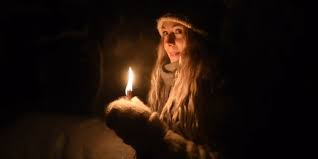





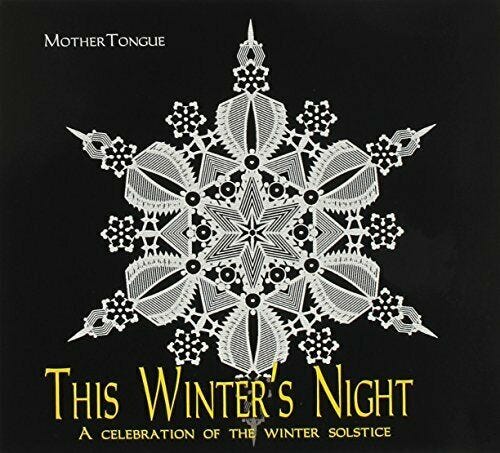
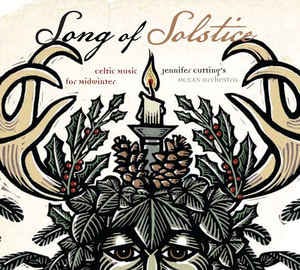
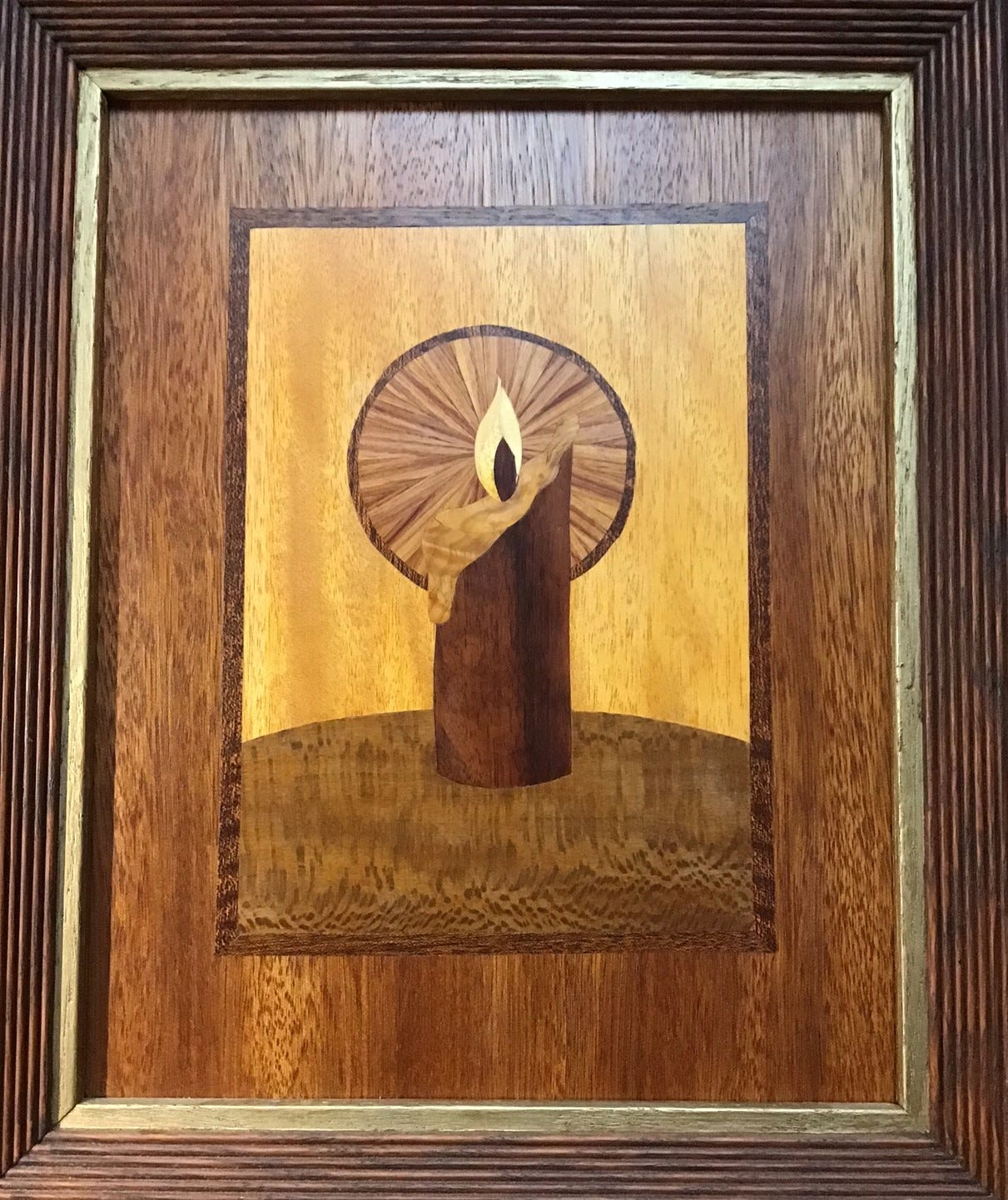
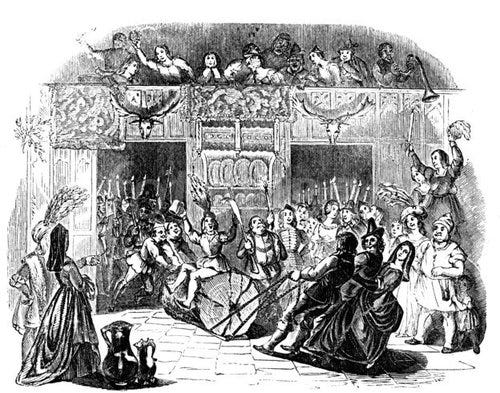

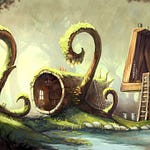


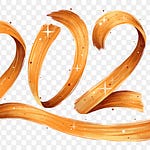

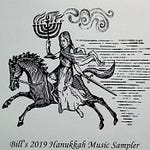
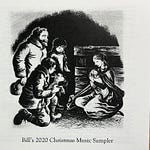

Share this post